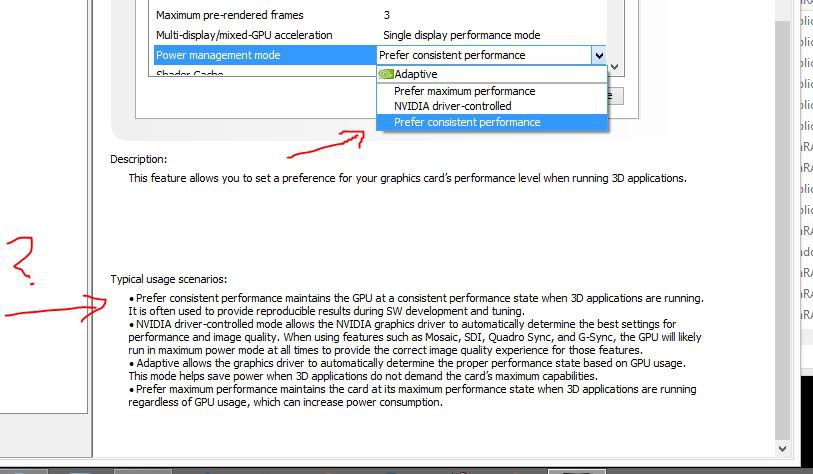
Note that Thunderbolt 3 and 4 require at least 15W to power devices plugged into the Thunderbolt port, such as a bus-powered hard drive. The first products will debut (as a guess) in early 2023. USB4 Version 2 is an upcoming standard that will propel USB4 to 80Gbps, which is the only 80Gbps standard yet announced. Instead, most hubs and docks are marketed as Thunderbolt 4, while most devices (like an external SSD) are designed around USB4. Don’t worry about this too much, as it’s rare to see a USB4 hub. But a Thunderbolt 4 device may not work as expected when plugged into what is specifically a USB4 port. As a subset of Thunderbolt 4, a USB4 device will run just fine plugged into a Thunderbolt 4 port.

USB4 can only support one display, and manufacturers can choose whether it supports a 20Gbps connection or a 40Gbps connection, according to Thunderbolt dock designer Plugable. You’ll most often see USB4 appear on AMD laptops, and Thunderbolt on Intel laptops. USB4 is essentially a subset of Thunderbolt 4, mainly designed as an an I/O specification. Thunderbolt 4 allows for longer cables and more Thunderbolt ports on laptops, too. Thunderbolt 4 supports “wake on sleep” from an external keyboard or mouse, which allows you to tap your external keyboard or wiggle your mouse to wake up your PC, which is handy. For external storage, Thunderbolt 4 supports 32Gbps of data transfer-this really only matters for video, external GPU connections, or possibly games. Thunderbolt 4 doesn’t allow for any leeway-you’re getting a full-fledged 40Gbps connection (32Gbps PCIe + USB 3.2), no questions asked. Thunderbolt 3 is also the only specification (not Thunderbolt 4) that we’ve seen connecting to external GPUs, in case you’d like to try that approach. Thunderbolt 3 also supports a slower (16Gbps) PCIe connection for connecting to external storage.
#NVIDIA POWER MANAGEMENT MODE PREFER CONSISTENT PERFORMANCE FULL#
Most manufacturers go beyond this, however, and our recommended docks support the full specification (and two 4K displays) unless noted. “Up to” is the key phrase: Thunderbolt 3 is only required to support a 10Gbps connection, allowing for a single external 4K display (a 16Gbps PCIe connection, paired with USB 3.2). Think of Thunderbolt 4 as the more restrictive version of Thunderbolt 3, with little room for any gotchas.Įssentially, Thunderbolt 3 and Thunderbolt 4 allow up to 40Gbps maximum bandwidth, enough for two 4K/60 displays. The longer answer, which we’ll describe below, is that there are differences, and parsing the nuances can be confusing. The short answer: Not that much, and we consider Thunderbolt 3 docks and Thunderbolt 4 docks to be functionally equivalent for most users.

Our next question describes the difference between Thunderbolt 3, 4, and USB4. Intel’s 12th-gen and 13th-gen Core chips offer the most consistent Thunderbolt experience, with 40Mbps Thunderbolt 4 speeds, including 32Gbps for data transfers to and from storage devices.

Essentially, Intel’s 10th-gen and 11th-gen Core chips launched in the early days of Thunderbolt, and company representatives say that you can depend on them for 32Gbps of data, not a full 40 Gbps. In the real world, things are slightly more complicated. (A Dell support page, for example, details its four-lane and two-lane laptops.) Essentially, a 20Gbps connection should be enough for a single 4K monitor running at 60Hz, with a bit of extra bandwidth for other data transfers among connected peripherals. And while the vast majority of Thunderbolt 3-equipped laptops are designed with four PCIe lanes for a total of 40Gbps, some laptops only ship with two PCIe lanes for a total of 20Gbps. There are very rare exceptions: A new USB 3.2 Gen 2×2 spec can pair two 10Gbps channels together, creating an aggregate 20Gbps hub. Thunderbolt 4 differs very slightly in that it supports a theoretical maximum of 32Gbps for external storage devices, but you probably won’t notice the difference. Thunderbolt 3 and 4 ports, the most common standard, transfer data at up to 40Gbps. Most USB-C ports are built on the second-generation USB 3.1 data-transfer standard, which transfers data at 10Gbps.


 0 kommentar(er)
0 kommentar(er)
